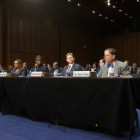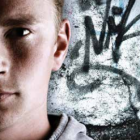
No More Delays Mr. President: Appoint the Nation’s Next Juvenile Justice Chief
|
Four years ago, President Obama was inaugurated, and we expected that within a few months the President would nominate a permanent administrator for the Office of Juvenile Justice & Delinquency Prevention (OJJDP). But this past week, as President Obama renewed the oath of office, we are still waiting. Each administration since the office was created in 1974 has made the appointment except President Obama’s. The President should end this delay and here's why:
The OJJDP is the leading federal agency responsible for juvenile justice and delinquency prevention issues. Created under the landmark Juvenile Justice & Delinquency Prevention Act (JJDPA) of 1974, the OJJDP plays a vital role in assisting state and local governments in addressing juvenile delinquency through federal grants, research and guidance.








